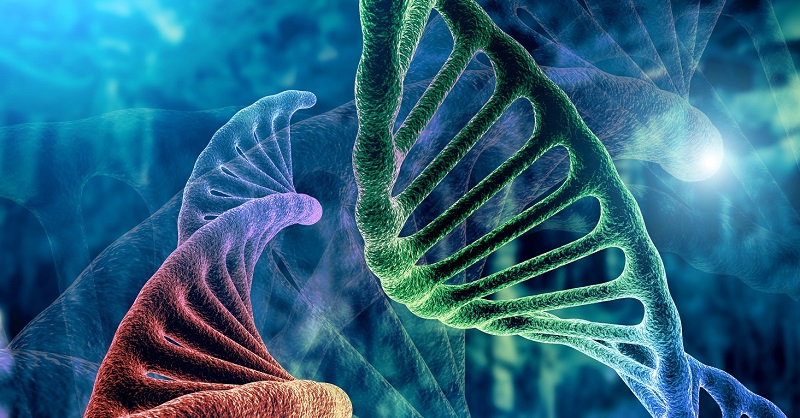Gene therapy has experienced an exciting resurgence in the post-genomic era, with the efficacy and safety of this class of drugs now proving out and culminating most recently in a series of approvals by health agencies worldwide. In fact, just this March the European Medicines Agency (EMA) recommended a conditional marketing approval for a gene therapy for a genetic blood disorder via an accelerated assessment, and the U.S. Food and Drug Administration (FDA) expects to approve 10-20 gene and cell therapies every year from 2025 on, calling it “a turning point in the development of these technologies and their application to human health.”
That said, there are still a number of challenges inherent to the development of such complex therapeutics, particularly when it comes to unwanted immunogenicity assessment. It is important to understand the multitude of factors that can induce immunogenic responses to these compounds to effectively evaluate the nuances of immunogenicity risk assessment for gene therapies.
Tailoring Immunogenicity Testing Strategies to Each Gene Therapy Compound
The goal of gene therapy is to introduce genetic material into cells to treat the targeted gene defect while minimizing or avoiding unwanted side effects. Genetic material can be delivered via non-viral or viral vectors. The ability to efficiently infect cells makes viral vectors particularly appealing as delivery vehicles, and therefore viral transduction is currently the more common / used system of delivery, in particular after tropism optimization. However, pre-existing antibodies against the viral shuttle may lead to reduced treatment efficiencies, and therefore the measurement of anti-viral antibodies prior to the initiation of the treatment is required.
As the mechanisms of innate, cell-mediated, and humoral adaptive immunity in the context of gene transfer are further explored and understood, bioanalytical strategies to assess the incidence of immunogenic responses can be specifically tailored to each vector, cargo, and resulting therapeutic protein combination.
Immunogenicity Risk Assessment Factors to Consider
Cellular and humoral immune responses can vary depending on the type of viral vector used. For example, adeno-associated viruses (AAVs) have demonstrated an excellent safety profile to date, but there can be a high prevalence of neutralizing antibodies (NAbs) against some AAV serotypes which could impair their transduction efficacy.
Additionally, the protein encoded by the transgene can affect the potential of unwanted immune responses because patients with the genetic disorders to be treated may have not developed an immunological tolerance against the transgene product. Hence, the immunogenicity incidence may be high if the protein is absent or truncated, or if the therapeutic protein brings a new epitope which is not recognized as self by the patient’s immune system. Besides these intrinsic causes for immunogenicity, the route of administration can also contribute to the immunogenicity incidence.
With a plethora of considerations to balance, it is important to understand where the testing challenges lie. Having continuous conversations on the current concepts and evolving trends in gene therapy immunogenicity assessment will allow us to contribute to the development of safer and more efficacious gene therapy compounds.
Join Us for an Upcoming Webinar to Learn More
Which immunogenicity assessments are recommended from the scientific point-of-view? What are the bioanalytical challenges and tools available? Is a guidance specific to immunogenicity testing for gene therapy compounds needed? BioAgilytix expert scientist Dr. Arno Kromminga will address these questions and other considerations in an upcoming webinar. This bioanalysis webinar will be co-hosted with Bioanalysis Zone on Tuesday 14 May 2019 at 15:00 CEST / 9:00 am EDT. Register here to save your spot.
